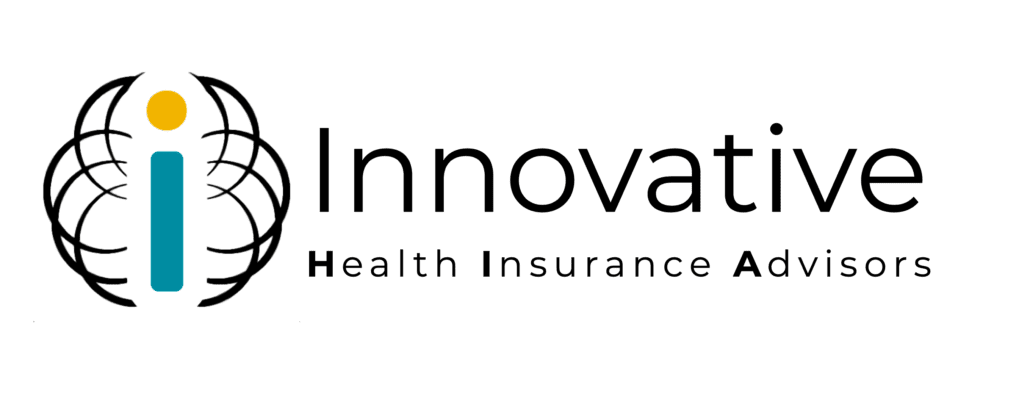Mastering ACA Jargon: ALE Term Guide
Navigating the intricacies of the Affordable Care Act (ACA) can often feel like deciphering a complex code. One of the key aspects that businesses need to understand is the concept of “Applicable Large Employers” (ALEs) and the associated terms.
In this guide, we’ll break down these ALE terms to help you make sense of your ACA compliance responsibilities and avoid costly penalties.
First, What is an ALE?
At the heart of ACA compliance lies the distinction between small and large employers. An ALE, or Applicable Large Employer, is an employer that meets specific criteria regarding the size of its workforce. Under the ACA, an ALE is defined as an employer that employed, on average, at least 50 full-time employees (including full-time equivalent employees) during the preceding calendar year.
Minimum Essential Coverage (MEC) Terms
MEC (Minimum Essential Coverage) is a term you’ll encounter frequently in ACA discussions. It refers to health coverage that meets the minimum requirements set by the ACA. Put simply, if your plan qualifies as MEC, it satisfies the basic ACA coverage criteria.
Minimal Value Coverage, on the other hand, means that your employer-sponsored health plan covers at least 60 percent of the total allowed cost of benefits under the plan. In practical terms, it ensures that your plan offers substantial coverage to your employees.
Essential Health Benefits: MEC plans must cover essential health benefits, which include services like preventive care, emergency services, maternity and newborn care, prescription drugs, and more. Understanding what constitutes essential health benefits in your plan is essential.
Additional ALE Terms
Minimum Value Standard: This is the benchmark used to determine if an employer-sponsored plan offers sufficient coverage. A plan must cover at least 60% of the total allowed cost of benefits to meet the minimum value standard.
Safe Harbor Methods: These are simplified approaches that employers can use to determine whether their health coverage meets the affordability requirement. The three common safe harbor methods are the Form W-2, Rate of Pay, and Federal Poverty Line (FPL) safe harbors.
Full-Time Equivalent (FTE) Calculation: Employers use this calculation to determine how many full-time equivalent employees they have when factoring in part-time and variable-hour employees. It’s essential for determining ALE status.
Affordable Care Act (ACA) Reporting: This term encompasses the process of reporting compliance with the ACA to the IRS and providing employees with relevant information about their coverage through forms 1094-C and 1095-C.
Dependent Coverage: The ACA requires ALEs to offer affordable coverage to full-time employees’ dependents. Employers should understand who qualifies as a dependent under the ACA.
Minimum Essential Coverage (MEC) Offer: ALEs must offer MEC to at least 95% of their full-time employees to meet the ACA requirements. Understanding what constitutes MEC is crucial.
Affordability Safe Harbors: These are specific methods that employers can use to determine if the coverage they offer is affordable for their employees. They include the Form W-2, Rate of Pay, and Federal Poverty Line (FPL) safe harbors.
Full-Time Employee Look-Back Measurement Periods: Employers can use these periods to determine the full-time status of employees for ACA compliance. The standard measurement period, stability period, and administrative period are essential components of this calculation.
Premium Tax Credits: These are subsidies provided to eligible individuals and families to help them afford health coverage purchased through the Health Insurance Marketplace. Employers should be aware of how their employees’ access to these credits can affect ACA compliance.
Minimum Value Calculator: This is a tool employers can use to determine if their health plans meet the minimum value requirement. It helps ensure that the plan covers at least 60% of allowed costs.
Reporting Entity: Employers may need to determine which entity within their organization is responsible for ACA reporting. This can vary depending on the structure of the company.
Grandfathered Plans: Some plans that existed before the ACA was enacted may be considered grandfathered, exempt from certain ACA requirements. Understanding the criteria for grandfathered plans is important.
Frequently Asked Questions (FAQs) About ACA Compliance
What is the ACA, and how does it impact employers?
The Affordable Care Act (ACA) is a federal law designed to make healthcare more accessible and affordable for Americans. For employers, it introduces regulations related to employee health insurance coverage. It defines Applicable Large Employers (ALEs) and mandates they provide affordable health coverage to their full-time employees.
How is an Applicable Large Employer (ALE) determined?
An ALE is an employer that, on average, employed at least 50 full-time employees (including full-time equivalent employees) during the preceding calendar year. Full-time employees work, on average, at least 30 hours per week or 130 hours per month.
What is Minimum Essential Coverage (MEC), and why is it important?
MEC refers to health coverage that meets the minimum requirements set by the ACA. It’s crucial because ALEs must offer MEC to at least 95% of their full-time employees to meet ACA requirements. MEC ensures employees have basic healthcare coverage.
How can I determine if my health plan meets the Minimum Value Standard?
The Minimum Value Standard requires an employer-sponsored plan to cover at least 60% of the total allowed cost of benefits. You can use the Minimum Value Calculator or consult with a benefits professional to assess your plan’s compliance.
What are Safe Harbor Methods, and how can they help with affordability calculations?
Safe Harbor Methods are simplified approaches employers can use to determine whether their health coverage meets affordability requirements. Common safe harbor methods include the Form W-2, Rate of Pay, and Federal Poverty Line (FPL) safe harbors, which provide alternative ways to assess affordability.
What penalties could my business face for non-compliance with ACA regulations?
Non-compliance with ACA regulations can result in significant penalties. Penalties may apply if you fail to offer MEC, the coverage is not affordable, or if at least one full-time employee receives premium tax credits through the Health Insurance Marketplace.
Are there any exemptions or special provisions for small businesses?
Small businesses with fewer than 50 full-time employees are generally exempt from the ACA’s employer mandate requirements. However, they may still choose to offer healthcare benefits voluntarily.
How can I ensure I’m accurately reporting ACA compliance to the IRS and employees?
To report compliance, employers must use forms 1094-C and 1095-C. It’s crucial to maintain accurate records and ensure that the information submitted is timely and error-free. Consider consulting with a tax professional or ACA compliance specialist for assistance.
What should I know about Premium Tax Credits and their impact on ACA compliance?
Premium Tax Credits are subsidies provided to eligible individuals and families to help them afford health coverage through the Health Insurance Marketplace. Employers should be aware that employees’ access to these credits can affect ACA compliance, particularly if your coverage is not affordable.
How often do ACA regulations change, and how can I stay updated?
ACA regulations can evolve, so it’s essential to stay informed. Regularly check official IRS resources and consider working with ACA compliance experts who stay up-to-date with changes and can provide guidance on compliance adjustments.
Any Questions?
We serve employers who want to offer their employees affordable benefits. We simplify the complexity of providing those benefits and ensure compliance with the Affordable Care Act. We provide affordable benefits for the everyday person. We are different because of our personal service, speed of implementation, and innovative approach to providing benefits coverage.
Learn more about us and our services, here.



